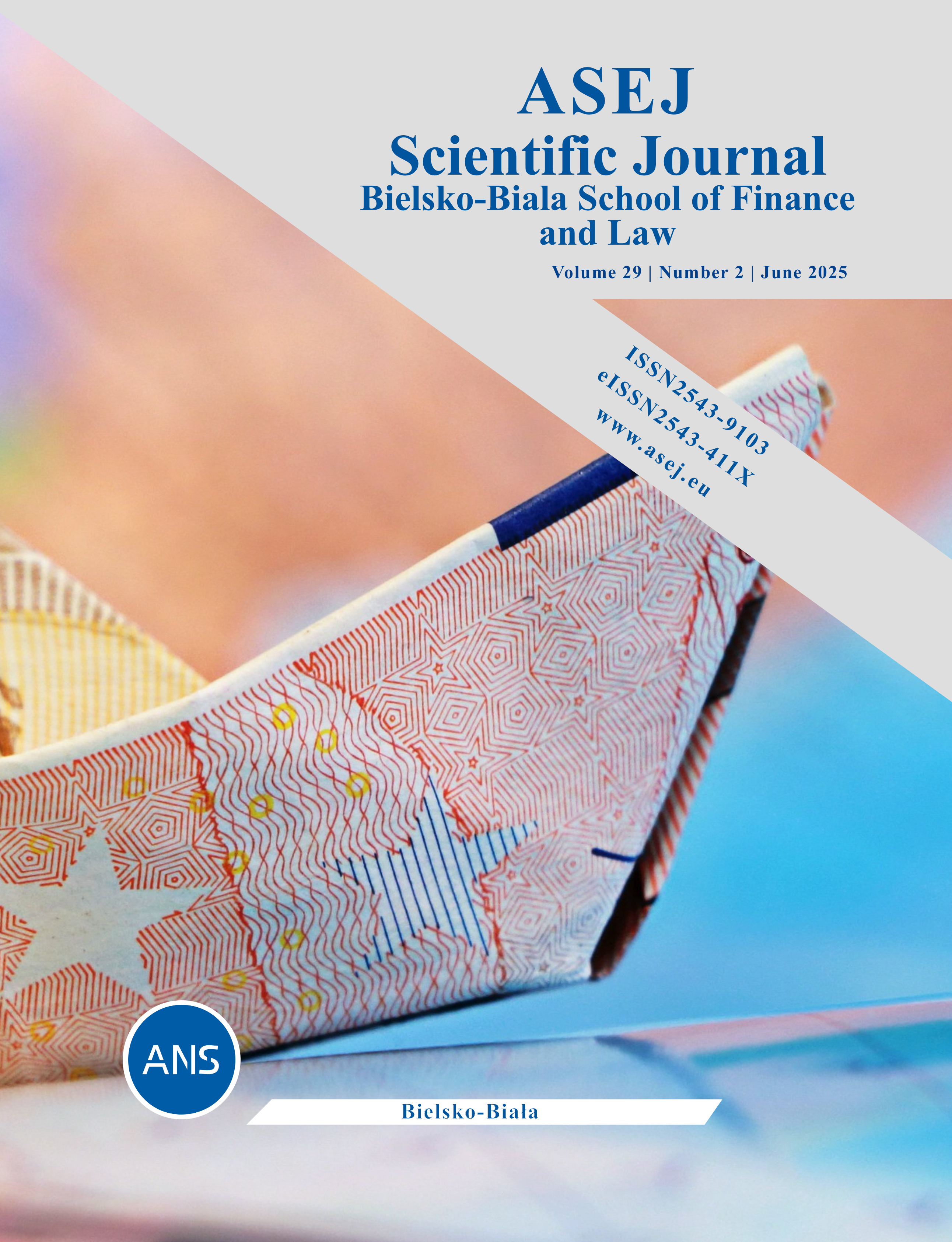Abstract
The modern economy, which dynamically responds to both internal and global changes, is exposed to fluctuations in the level of inflation, which have a significant impact on monetary policy, the stability of financial markets and consumer behavior. Understanding this phenomenon and the ability to analyze its effects are therefore becoming indispensable not only for economists, but also for every citizen operating in the realities of a market economy.
The results provided important information on how respondents felt about further price increases, which may be useful for further analyses and practical recommendations.
The first part of the article discusses the concept of inflation, and the next part discusses the research results.
References
Barszcz, K. (2022) Inflation in Poland and its impact on households in 2021–2022, in: Sieradzka, K., (ed.), Contemporary challenges of economics. Selected aspects, Radom: University of Technology and Humanities in Radom, pp. 39-50
Dubiel N., 2024 Tax risk management, edu-Libri, Kraków – Warsaw, pp. 29
Gatnar, E. (2018) Statistical models of inflation measurement in the practice of central banks, in: Scientific Papers of the Wrocław University of Economics, No. 507, pp. 75-85
Grabia, T. (2022) Reactions of the National Bank of Poland to changes in inflation and economic growth rates during the COVID–19 pandemic, in: Acta Universitatis Lodziensis. Folia Oeconomica, No. 3, pp. 18-37
Samuelson, P. A., Nordhaus, W. D. (2009). Economics. Warsaw: PWN., ss. 402
Spencer, M.H. (1977) Contemporary Macroeconomics. Hampshire: Worth PublishersSzczepańska, M. (2024) Postawy młodych konsumentów w obliczu inflacji po pandemii COVID-19, w: UR Journal of Humanities and Social Sciences, Nr 2, ss. 131-146

This work is licensed under a Creative Commons Attribution-NonCommercial 4.0 International License.
Copyright (c) 2025 Nina Dubiel, Jakub Łomozik

